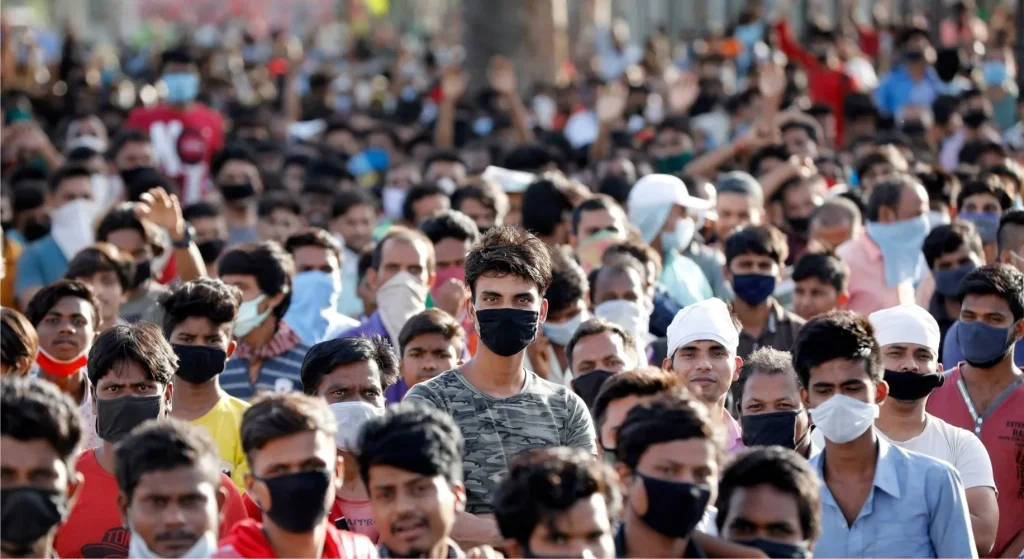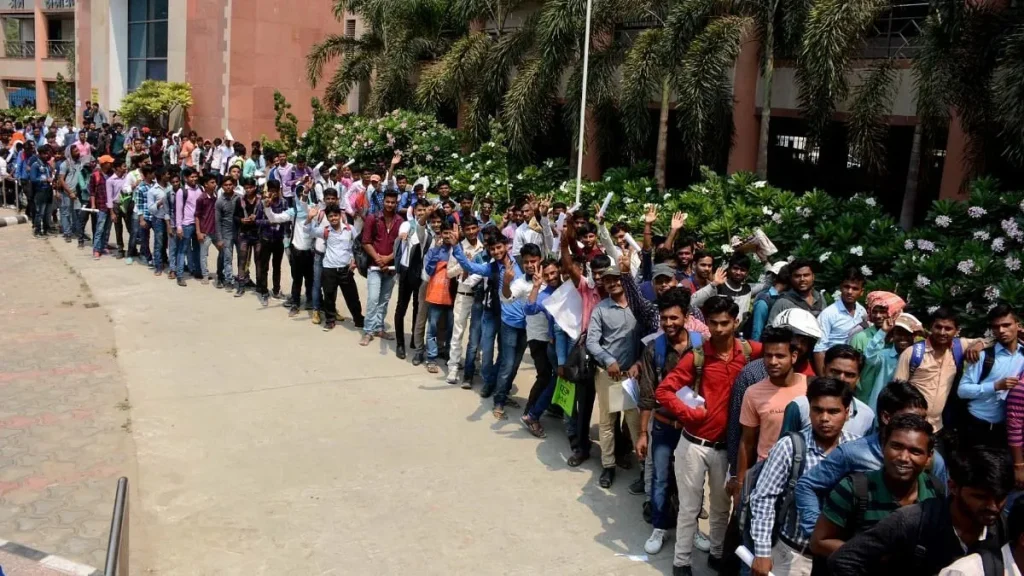The Periodic Labour Force Survey (PLFS) for July 2023 to June 2024 indicates India’s overall unemployment rate remains stable at 3.2%, with youth unemployment at 10.2%. However, high unemployment rates, particularly among educated youth, reveal a disconnect between economic growth and the labour market.

India’s economy has made significant strides since the 1980s, particularly following the liberalisation, privatisation, and globalisation (LPG) reforms of the 1990s. Despite facing challenges such as the COVID-19 pandemic, the economy continues to grow, with a GDP exceeding $3.94 trillion in 2024. Predictions from the IMF suggest India may surpass Japan to become the fourth-largest economy by 2025 and Germany by 2027.
States with Highest Youth Unemployment Rates
The survey highlights the following states and union territories (UTs) with the highest youth unemployment rates:

- Lakshadweep: 36.2% (26.2% male, 79.7% female)
- Andaman & Nicobar Islands: 33.6% (24% male, 49.5% female)
- Kerala: 29.9% (19.3% male, 47.1% female)
- Nagaland: 27.4% (27.9% male, 26.6% female)
- Manipur: 22.9% (19.9% male, 27.5% female)
- Ladakh: 22.2% (11.4% male, 38.3% female)
- Arunachal Pradesh: 20.9% (21.9% male, 19.6% female)
- Goa: 19.1% (13.2% male, 31% female)
- Punjab: 18.8% (16.7% male, 24.5% female)
- Andhra Pradesh: 17.5% (16.4% male, 19.7% female)
States with Lowest Youth Unemployment Rates
Conversely, the states and UTs with the lowest youth unemployment rates are:
- Madhya Pradesh: 2.6% (2.8% male, 2.1% female)
- Gujarat: 3.1% (3.3% male, 2.7% female)
- Jharkhand: 3.6% (4.8% male, 1.5% female)
- Delhi: 4.6% (4.6% male, 4.8% female)
- Chhattisgarh: 6.3% (6.6% male, 5.8% female)
- Dadra & Nagar Haveli: 6.6% (7.8% male, 3.7% female)
- Tripura: 6.8% (6.8% male, 6.7% female)
- Sikkim: 7.7% (8.3% male, 6.8% female)
- West Bengal: 9% (8.5% male, 10% female)
- Uttar Pradesh: 9.8% (9.3% male, 12.3% female)

The survey also reveals an increase in India’s labour force participation rate (LFPR) to 60.1%, up from 57.9%. Despite this progress, the economy struggles to create sufficient job opportunities for its expanding workforce. Citigroup estimates that India must generate about 12 million jobs annually over the next decade to accommodate new labour market entrants. This highlights ongoing challenges in improving employment rates, as current job creation falls short of future needs.
